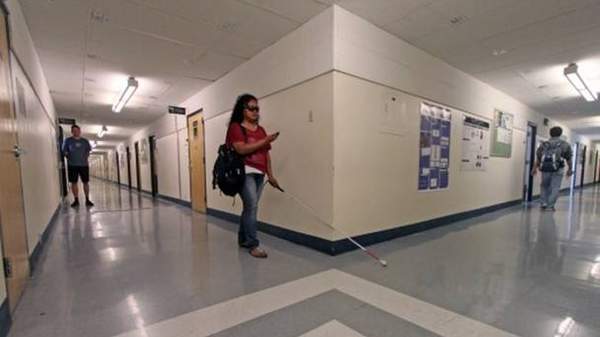Overview
With the influx of touchscreen technologies and a rapid move into digitilising practically everything, there has been a concerted effort to ensure those with disabilities are still able to to take advantage of what is constantly being churned out on the tech front. From apps that work as personal sound amplifiers for people with hearing impairments to braille writing software, there definitely are many avenues which have been explored to make less abled people's lives easier.
Navatar has now arrived on the market with the aim of helping blind people navigate their way around buildings more fluidly. The system relies on digital 2-D architectural maps of the space in combination with the accelerometer and compass functions of a smartphone. By using sophisticated localisation algorithms from the field of robotics, the Navatar app is able to detect where the user is in the building. From here, the app relies on the smartphone to tell it how many steps have been taken and in which direction in order to detect user location in real-time and indicate the clear path for movement. The app has been built for those with sight difficulties and therefore reads out instructions, similar to a car navigator system.
Although there are still several areas for improvement (eg. the app currently could be off by about 1.85m when identifying its user - which realistically could send you striding directly into a wall) it's still positive to see efforts being put to such a constructive way of helping those whose need is great.
